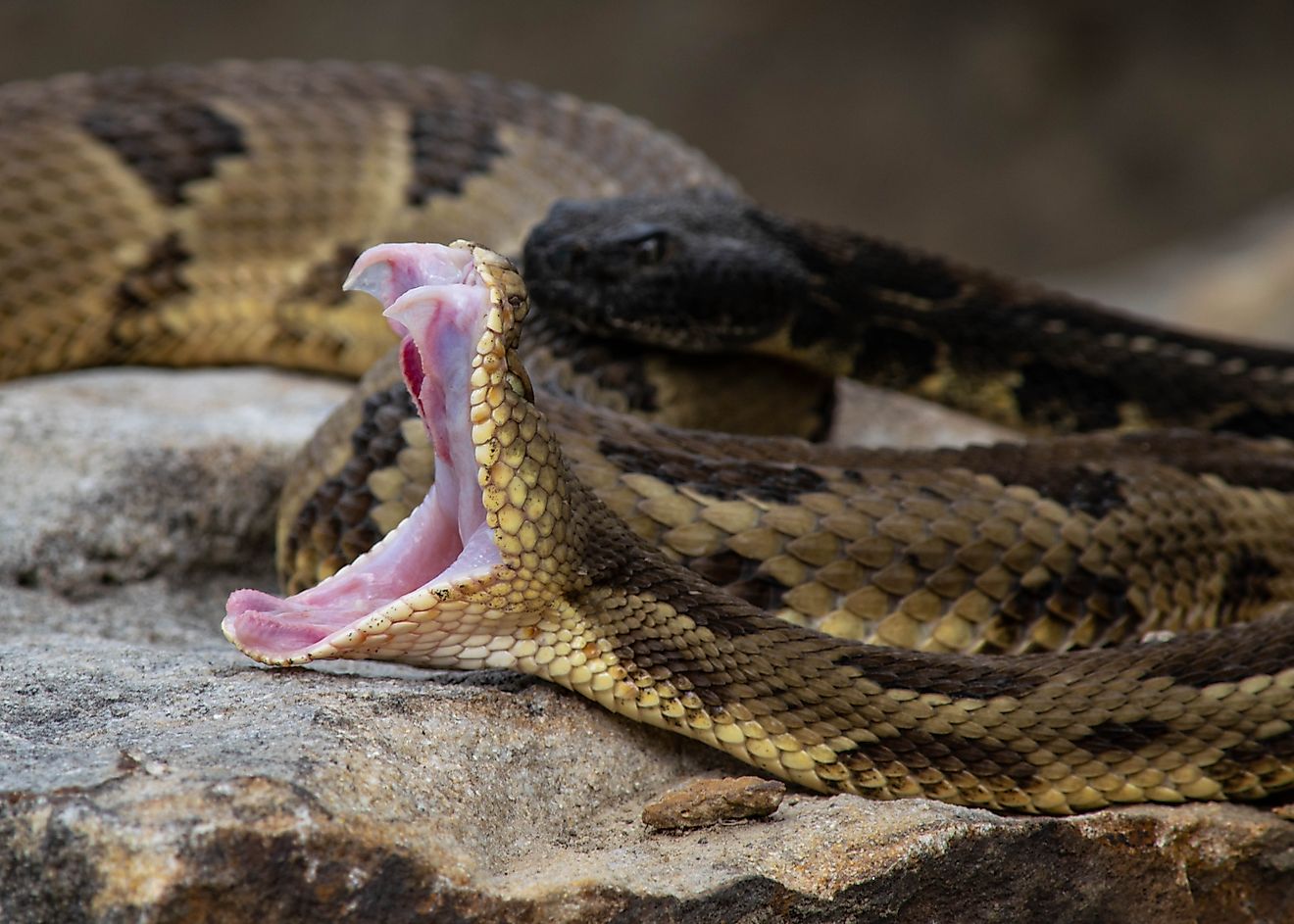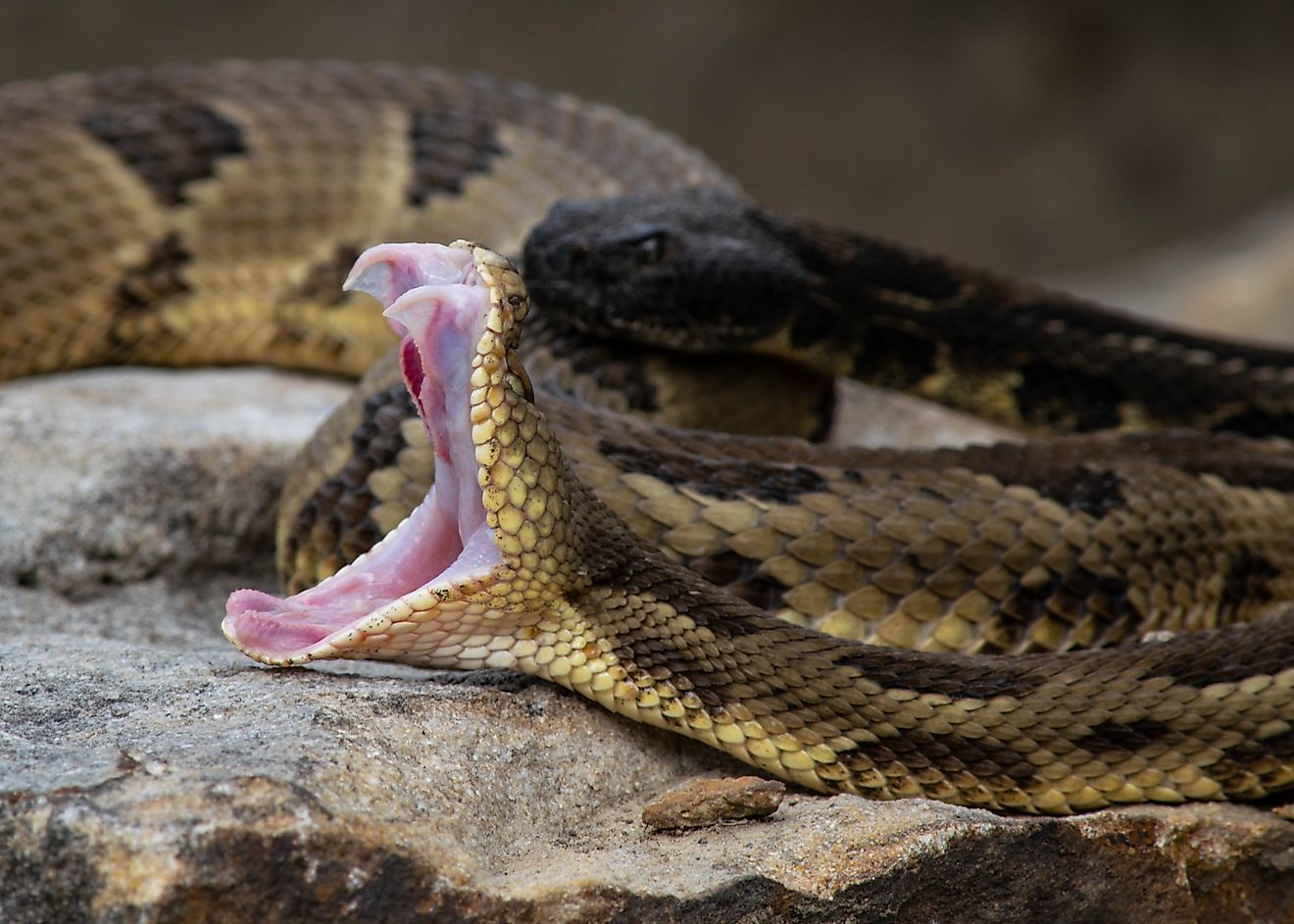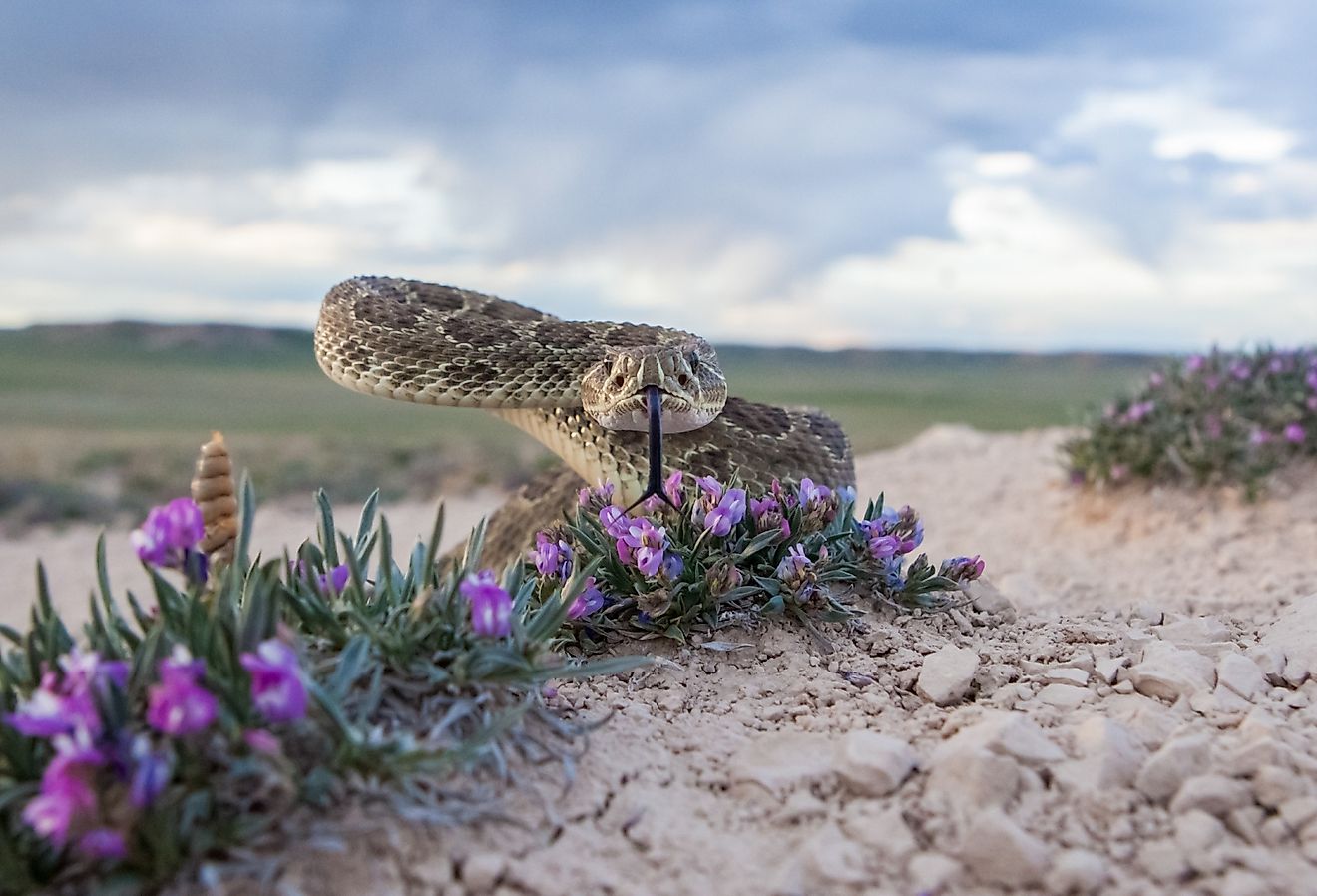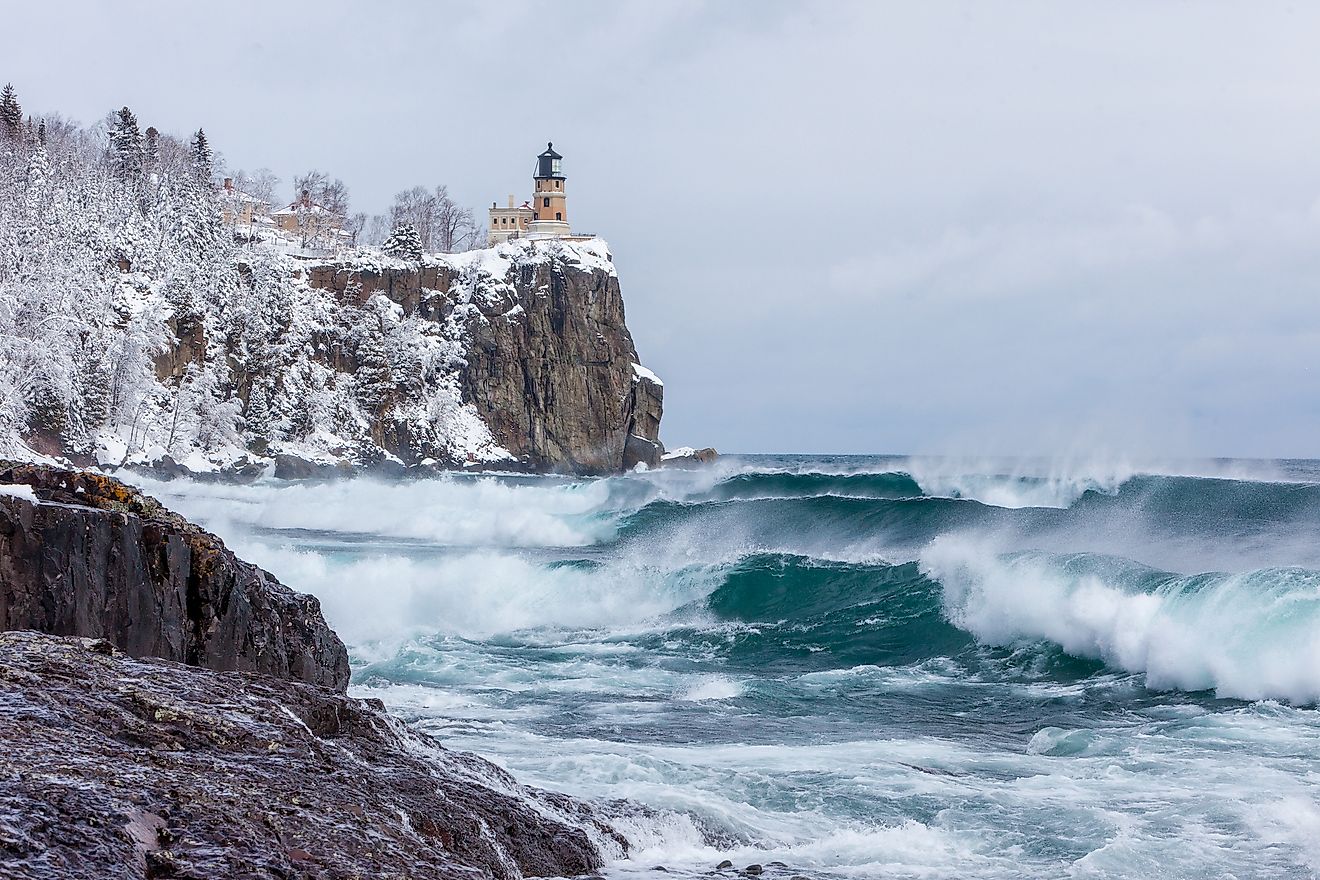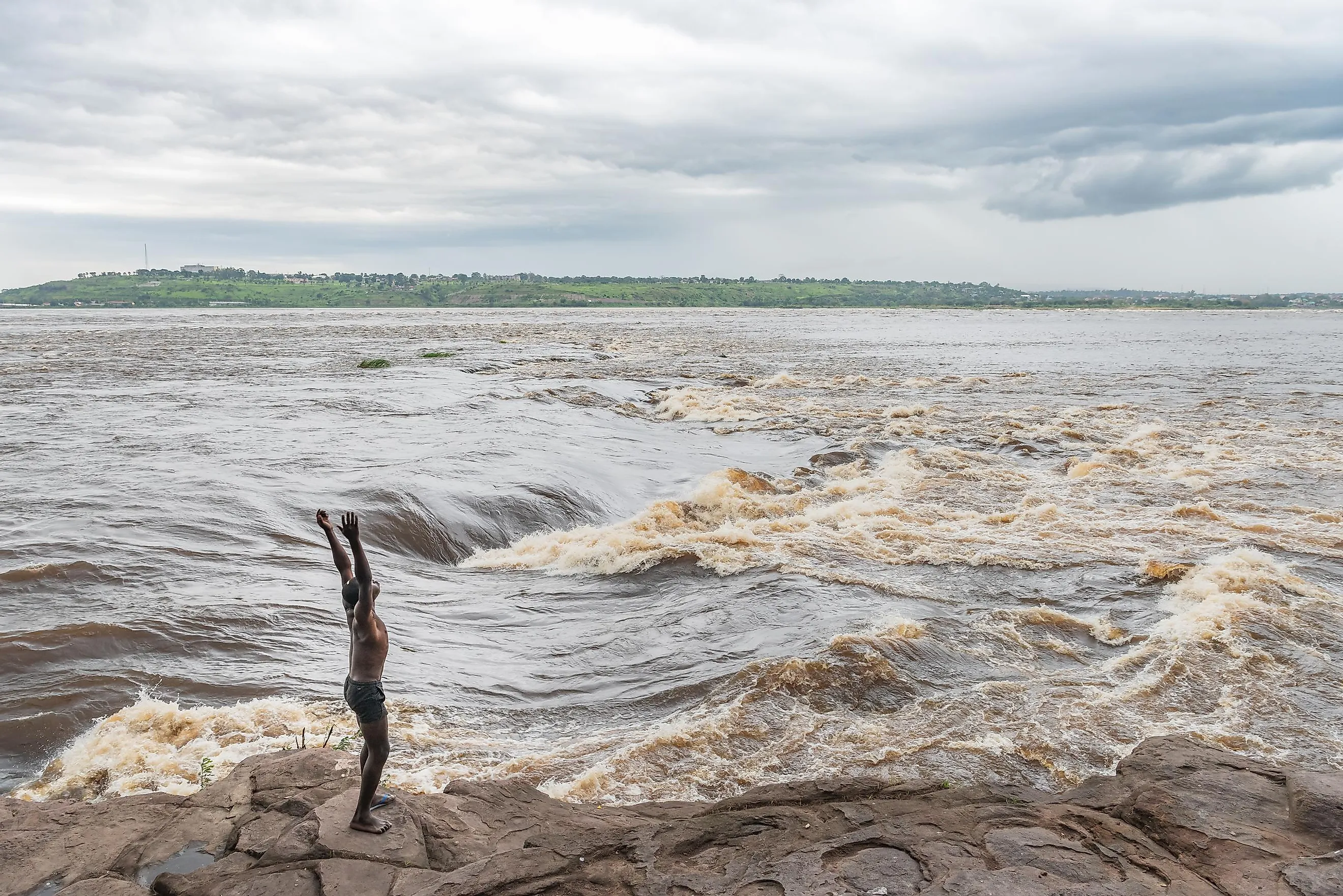
Where Is The World's Deepest River?
The Congo River (formerly known as the Zaire River), which flows through West-Central Africa, is the deepest river in the world, both in terms of maximum depth and average depth. In the Lower region, between Pool Malebo (or Malebo Pool), which is just East of Brazzaville, and an area known as Pioka (all of which is in the Democratic Republic of the Congo), the Congo River measures 720-feet-deep (219.5-meters). Throughout its 2,920-mile (4,700 kilometers) span, the river averages a depth of 32.8 - 262.4 feet (10 - 80 meters).
Why So Deep?
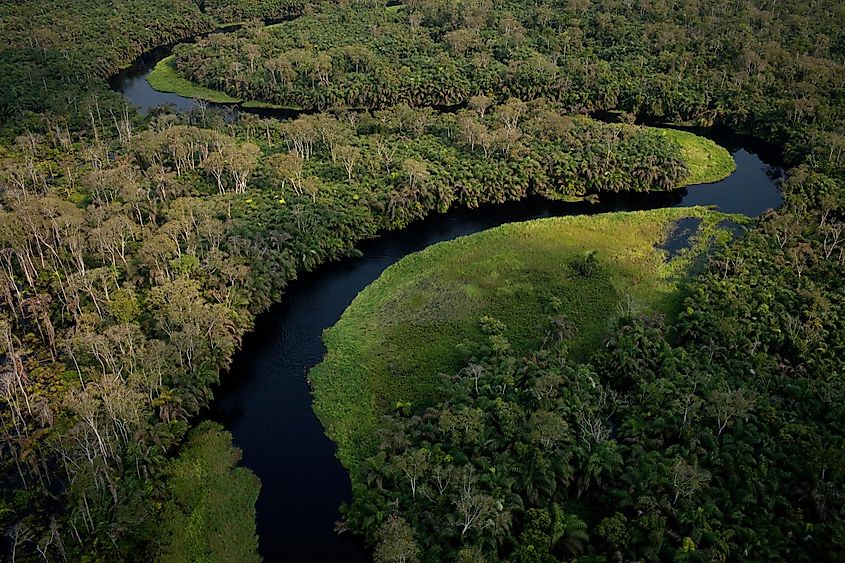
The world-record depth of the Congo River is produced by a steep drop in elevation over a short distance, leading to rapidly-flowing waters, which in turn causes significant erosive potential. Beginning 186 miles from the Atlantic terminus, the river starts dropping 12 feet per mile. Over the final 62.1 miles, it loses 656 feet of elevation. This abnormally high ratio creates a flow rate of about 1.4 - 1.5 million cubic feet per second, which is sufficient to carve out the exceptional gorges in this section of the Lower Congo.
In The Congo's Dark Depths
In the Congo River's deepest parts, light is unable to penetrate. This condition, combined with the chaotic currents, isolating water pockets, and other intense conditions, has created unique selective pressures for fish. Six species with curious morphologies have been discovered in this area. It was actually the discovery of these bizarre-looking creatures (elongated bodies, absent pigment, and shrunken eyes) that led to the eventual crowning of the Congo River as the world's deepest. From time to time, aggressive currents would shoot unlucky cichlids up from the dark depths to the surface, killing them in the process due to rapid decompression and washing them up along the shore. To learn more about the strange specimens, researchers conducted surveys of their habitat, which revealed the unexpected reaches.
The Flow Of The Congo
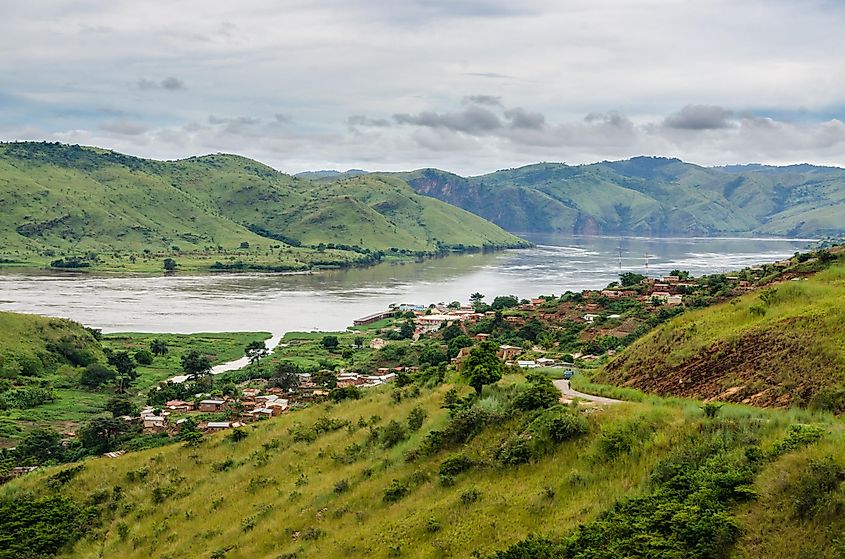
In addition to its intriguing depths, the Congo River is also well known for being the second-longest river in Africa (after the River Nile). It is also the ninth-longest in the world. Its point of origin can be considered to be in Northeastern Zambia's highlands and/or the Katanga Plateau, in the Democratic Republic of the Congo's southeastern corner. In either case, the river flows in a counter-clockwise arc, twice crossing the equator, before eventually emptying into the Atlantic Ocean at a seaport called Banana (or Banane) in the Democratic Republic of Congo.
Along the way, the river's three parts (Upper, Middle, and Lower), and its massive basin, encompass nine countries, including the Democratic Republic of the Congo (primarily), the Republic of the Congo, the Central African Republic, Zambia, Angola, Cameroon, Tanzania, Gabon, and Equatorial Guinea. This impressive breadth accounts for 13% of the continent's landmass, and at 1.3-million-square-miles, it is the world's second-largest river Basin (after the Amazon Basin).
The Congo River As A Lifeline
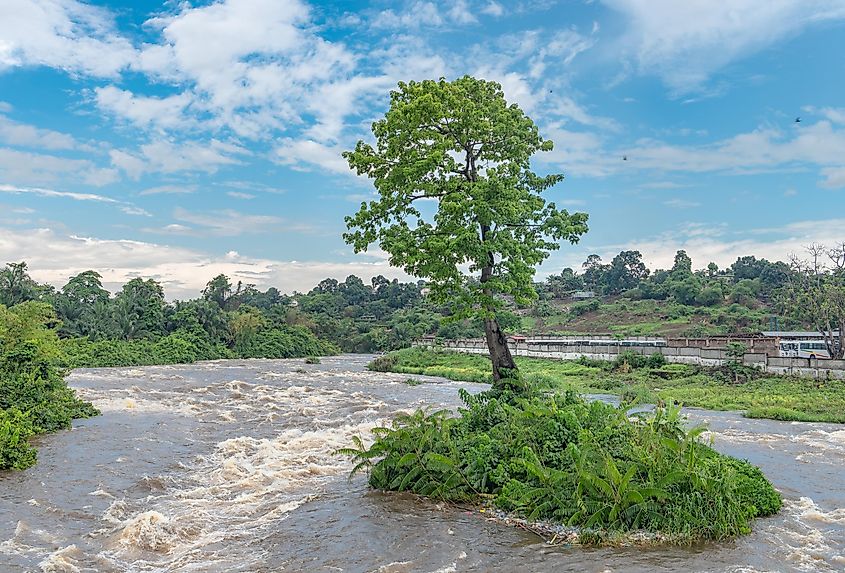
This extensive area also fosters the second-largest tropical rainforest in the world (again, behind the Amazon). Within its boundary there is incredible biodiversity and cultural diversity. Approximately 75-million-people are situated along the Congo, including 150 distinct ethnic groups, ranging in lifestyles from the traditional, hunter-gather Ba'Aka people, to the fast-paced, densely-populated streets of Kinshasa (the capital city of the Democratic Republic of the Congo). Some 10,000 species of tropical plants, 1,000 species of birds, 700 species of fish, and 400 species of mammals can be found throughout the region - many of which live only in the Congo Basin.
The Congo River is the subject of ominous legends and is both a benevolent and capricious force of nature for everyone and everything in its vicinity. Its aberrant, dark, and torrent depths have contributed to all aspects of its reputation. No other river in the world plummets as far below the surface, and few other waterways can hold a candle to its length, ecology, and overall significance.
